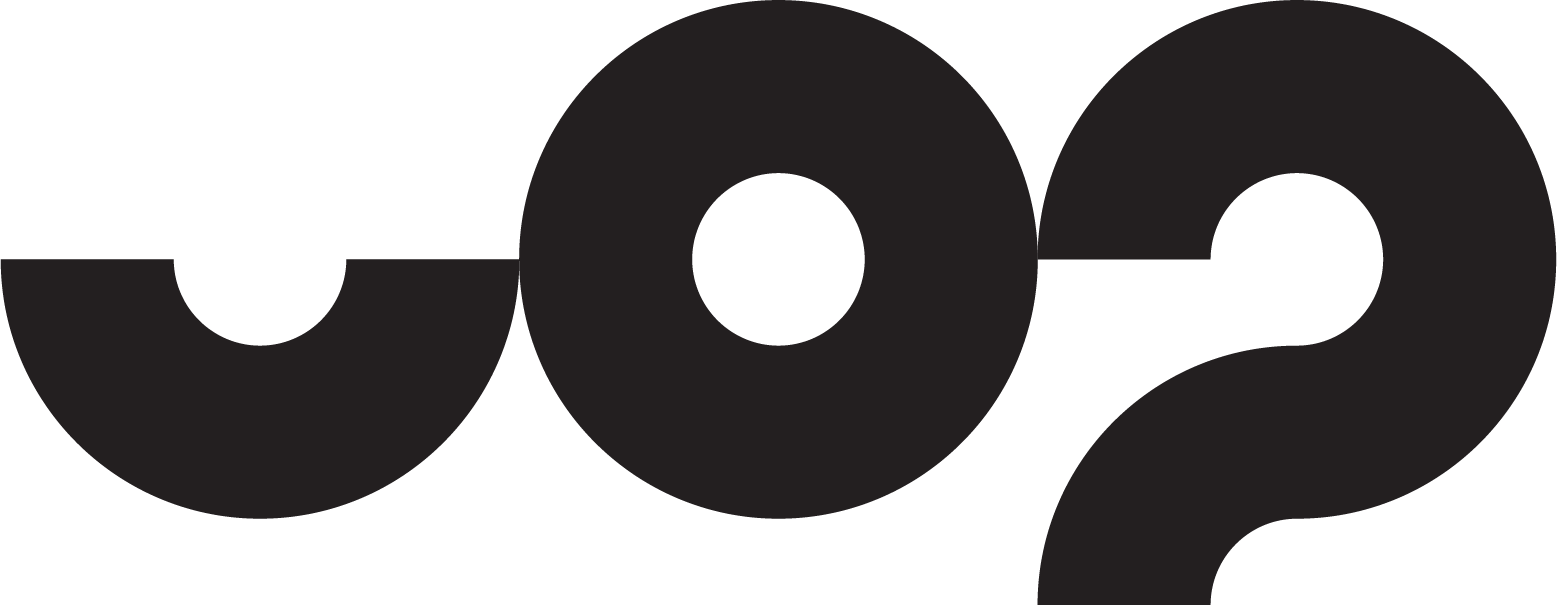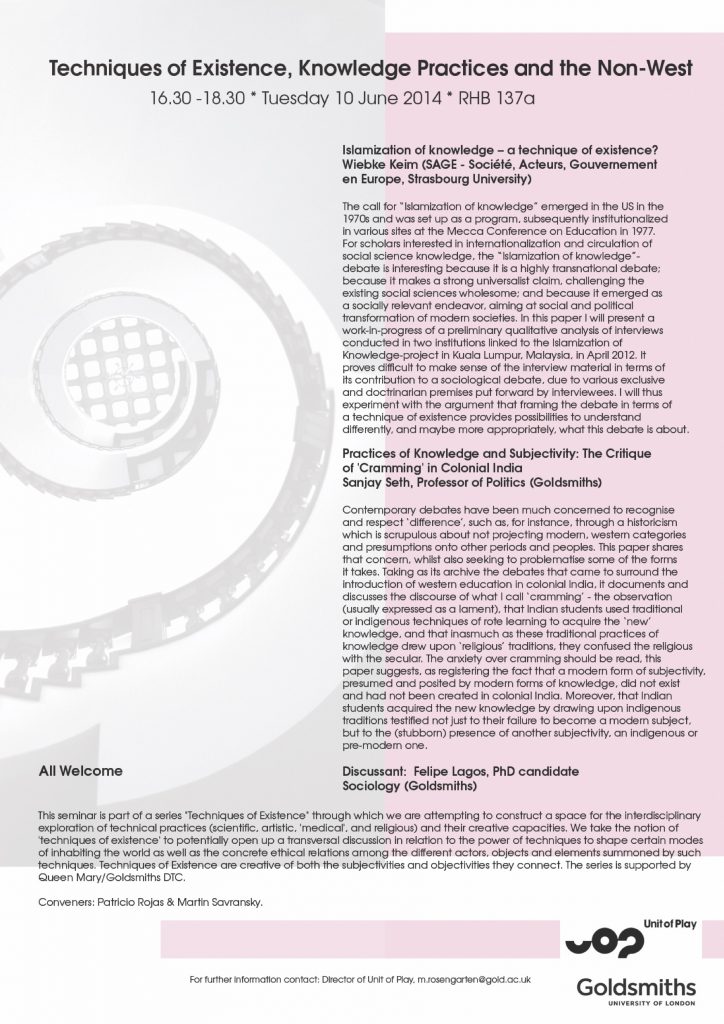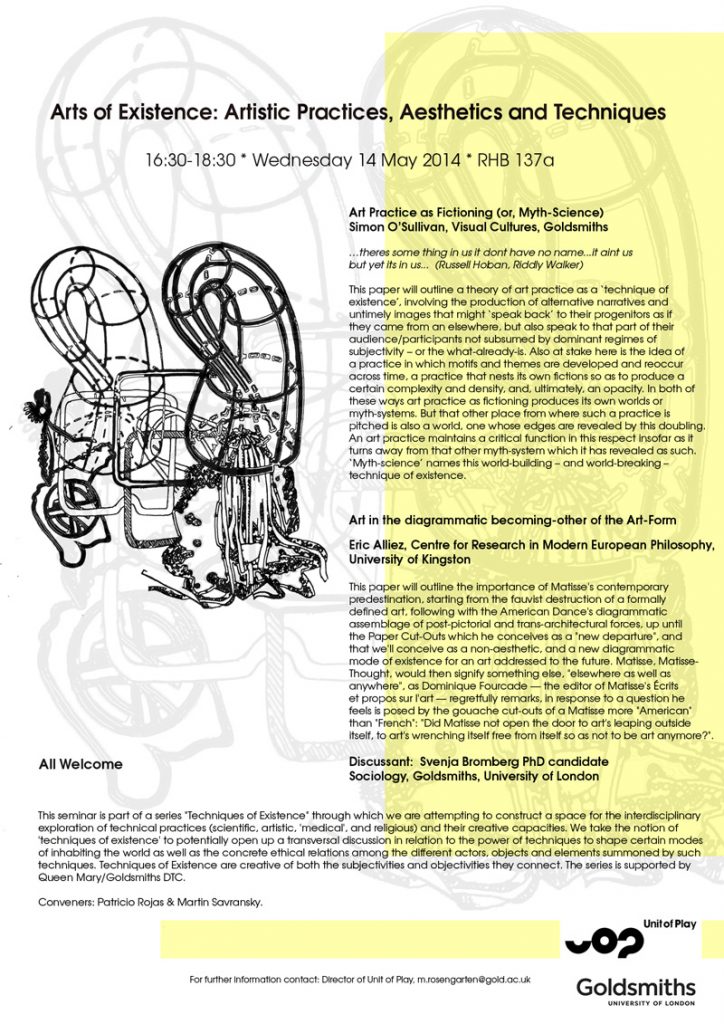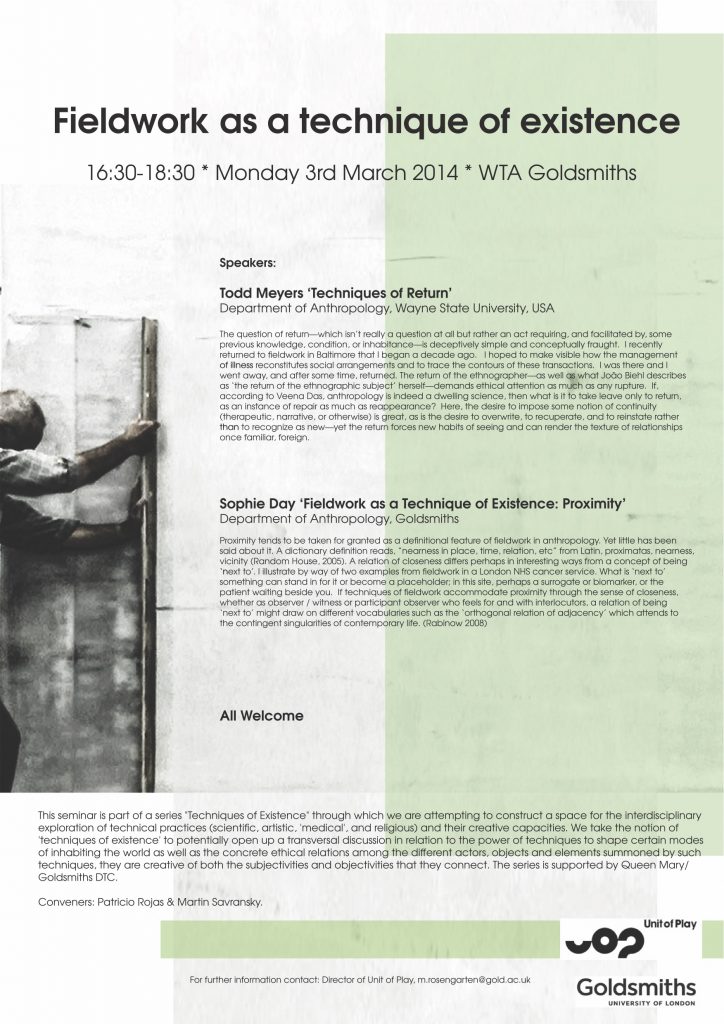The increasing emphasis on using antiretrovirals for prevention confronts the HIV field with new challenges and new possibilities. Evidence of the efficacy of TasP (treatment as prevention) and PrEP (pre-exposure prophylaxis) from randomised controlled trials has stimulated debate on questions of acceptability, on risk to existing safe sex practices (condom use), the development of drug resistance, and the need to sustain treatment programs in light of calls to invest in antiretroviral prevention. In addition there is the question of ‘effectiveness’ in post-trial roll-out and scale-up compared to projections from clinical trial data and statistical modelling.
Although these concerns are well founded, it is not clear that there is yet sufficient knowledge about social relations for devising strategies attuned to the prevailing and contrary expectations of antiretrovirals in the context of existing prevention strategies. In this session, participants will be introduced to novel research methods devised within the discipline of design that have already taken up within the social sciences for addressing questions posed by climate change.
Design-led methods do not aim to enable generalisation across a community or epidemiological category, but to seek out the unfamiliar. In doing so they generate a new sort of ‘data,’ potentially able to inform the complex but also dynamic relations that people may experience in dealing with multiple objects including HIV, condoms, diagnostic tests, prevention messages, and sexual partners.
Co-chairs
Dr Dean Murphy, Australian Federation of AIDS Organisations and UNSW, Australia
Professor Marsha Rosengarten, Dept Sociology, Goldsmiths, University of London, UK
Speakers
Professor, Bill Gaver, Interactive Design Studio, Goldsmiths, University of London, UK. Professor Robert Grant, Gladstone Institute, UCSF, USA.
Ms Susie McLean, International HIV/AIDS Alliance, UK
Dr Kane Race, Department of Gender and Cultural Studies, University of Sydney, Australia.
Discussants
Dr Judy Auerbach, Science and policy consultant and Adjunct Professor in the School of Medicine at UCSF, USA.
Mr Gus Cairns, NAM aidsmap, UK
Mr Alan Brotherton, AIDS Council of New South Wales, Australia







-400x554.jpg)
